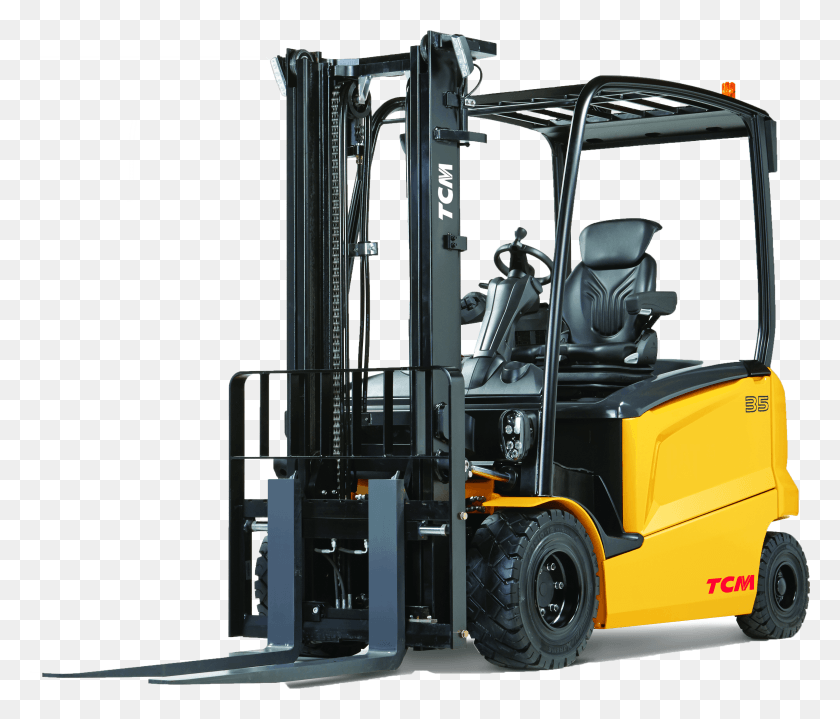Elevate Performance: Mastering Toyota Forklift Service and Repair
Elevate Performance: Mastering Toyota Forklift Service and Repair
Blog Article

When it comes to maintaining operational efficiency in warehouses and construction sites, Toyota forklifts are known for their reliability and performance. However, like any heavy machinery, they require regular service and timely repairs to ensure they continue to operate at peak efficiency. Understanding Toyota forklift service repair is essential for business owners and operators who want to extend the lifespan of their equipment and minimize downtime.
Effective forklift service and repair not only enhance safety but also improve productivity in material handling tasks. By mastering the nuances of Toyota forklift service repair, you can identify issues early, perform routine maintenance, and address any mechanical problems promptly. This proactive approach not only saves money but also ensures that your fleet of Toyota forklifts remains a vital asset in your operations.
Overview of Toyota Forklift Maintenance
Toyota forklifts are renowned for their reliability and performance, making regular maintenance crucial to ensure they operate efficiently over time. Proper service and repair can prevent common issues, extending the lifespan of the equipment. A well-maintained forklift not only performs better but also enhances safety and productivity in the workplace.
Routine inspections and scheduled maintenance are essential components of Toyota forklift service repair. These processes typically include checking fluid levels, inspecting the brakes, and ensuring that the tires and forks are in good condition. Keeping detailed records of maintenance activities can help track the health of the forklift and identify any recurring problems early on, allowing for timely interventions.
In addition to scheduled maintenance, it is important to be proactive about any signs of wear or malfunction. Operators should be trained to recognize issues such as strange noises, decreased performance, or warning lights. Addressing these concerns promptly with professional service can prevent more extensive repairs and costly downtime, keeping operations running smoothly.
Common Issues and Troubleshooting
Toyota forklifts, like any heavy machinery, can face a variety of issues that may hinder their performance. One common problem is the engine not starting, often caused by a dead battery, faulty ignition, or fuel supply issues. Regularly checking the battery connections and ensuring that the fuel is clean and adequately supplied can prevent these issues. If the engine cranks but does not start, examining the fuel injectors or spark plugs may reveal deeper issues that need addressing.
Another frequent issue is hydraulic system failure, which manifests as slow or unresponsive lifting and tilting actions. This can stem from low hydraulic fluid levels, leaks in hoses, or a faulty pump. It is essential to routinely inspect the hydraulic fluid levels and lines for any signs of wear or damage. Maintaining the hydraulic system not only ensures reliability but also prolongs the overall lifespan of the forklift.
Lastly, tire wear can significantly affect the performance of a Toyota forklift. Operators should regularly check tire pressure and tread depth to ensure optimal traction and stability. Uneven wear may indicate misalignment or improper loading techniques, which should also be addressed to prevent further complications. Keeping an eye on the tires will help maintain smooth operation and enhance safety while operating the forklift.
Toyota Forklift Service Repair Manual PDF Download
Step-by-Step Repair Guide
To effectively address Toyota forklift service repair, start with a thorough inspection of the vehicle. Begin by checking the fluid levels, including oil, brake fluid, and hydraulic fluid. Inspect for any visible signs of wear such as leaks or cracks in hoses and seals. Pay close attention to the tires as well, ensuring they are properly inflated and free from damage. This initial assessment will help identify any immediate issues that need to be prioritized.
Once you have identified potential problems, gather the necessary tools and replacement parts to proceed with the repairs. It is essential to have access to the forklift’s service manual to follow the specific repair procedures recommended by Toyota. For electrical issues, use a multimeter to test connections and ensure that all wiring is in good condition. When replacing parts, always opt for genuine Toyota components to maintain optimal performance and reliability.
After completing the repairs, conduct a thorough testing phase. Start the forklift and monitor its performance closely for any unusual sounds or behaviors. Test all functions, including lifting, lowering, and maneuvering, to ensure everything operates smoothly. Additionally, check for any error codes that may appear on the display. Proper testing helps confirm that the issues have been resolved and prepares the forklift for safe operation in the workplace.
Best Practices for Long-Term Care
To ensure the longevity and optimal performance of your Toyota forklift, regular maintenance is crucial. Establishing a routine maintenance schedule is one of the most effective practices. This includes daily checks before operation such as examining fluid levels, tire pressure, and overall cleanliness. Additionally, scheduling in-depth inspections at recommended intervals can help identify potential issues before they escalate into more significant problems. Using the manufacturer's guidelines can aid in maintaining a consistent upkeep routine.
Keeping the forklift clean is another vital aspect of long-term care. Dirt and debris can accumulate in crucial areas, leading to mechanical issues or reduced efficiency. Regular washing, particularly of the engine compartment and undercarriage, helps prevent rust and wear. It is also important to ensure that all moving parts are free from contaminants. Using protective covers when the forklift is not in use can further enhance its durability.
Lastly, investing in proper training for your operators is essential for maintaining your Toyota forklift in optimal condition. Well-trained personnel not only operate the equipment safely but also recognize early signs of wear or malfunction. Implementing training programs and workshops focused on best practices can significantly reduce the risk of accidental damage and enhance the overall life of the forklift. Encouraging open communication and feedback from operators also fosters an environment of care and diligence towards the equipment.
Report this page